The Revolution Will Not Be Televised, Neither Will the League of Ireland
The League of Ireland has been enjoying a mini revival since the Covid pandemic. In the opening half of the season, attendances across the Premier Division are up 6% on the same period last year to 371,551.
Over half a million people attended matches in the top flight last season. Against 2022, this represents a 22.4% increase. These statistics are great for the league’s growth, but they can only carry you so far.
Derelict stadiums and infrastructure while John Delaney’s sat idly with a general lack of interest have held the game back for years in Ireland so clubs have to look anywhere and everywhere for money to stay afloat.
One of the ways clubs have hoped to increase revenue is through television coverage. Looking longingly across the water at England, as Irish football does almost every day, the biggest TV deal ever worth £6.7 billion seems like a made-up figure. While LOI clubs can only dream of that type of money, they should be at least entitled to some consistency showing Ireland’s most played sport.
The Revolution Will Not Be Televised
A point current champions Shamrock Rovers have made abundantly clear over the summer.
Rovers released a statement in July claiming they had “exhausted every avenue across the four rounds of European matches to deliver matches on a free-to-air national broadcaster, but to no avail.” The Hoops have successfully qualified for the UEFA Conference League for the second time in three seasons but did not have even one game televised. Feeling undervalued by RTÉ in particular has led the champions to consider a block on any further coverage from Tallaght Stadium.
So what has gone so wrong between Irish clubs and broadcasters? Should we either take note of other countries or is our situation just too unique in the European football landscape?
On the continent, bidding wars break out for rights as games have to be divided up between numerous broadcasters, all desperate to get football on their screens and draw in the massive viewership that comes with it. The Irish reality couldn’t be any further from that, owing to a number of factors.
The English game’s explosion in the past 30 years has made it so much harder to attract attention to the domestic scene. Match times have to be changed; clubs must fight to keep young talent, and it’s a constant battle to keep the community tradition alive. This problem isn’t unique to Ireland by any means, but it is clearly magnified by proximity to Premier League football.
For a long time, Irish football lived in the shadows, but with this mini-Renaissance, it seems ripe for live coverage; however, the broadcasting resources are sparse.
The majority of television stations we watch in Ireland are UK-based networks, especially those that cover sports. All television providers here carry Sky Sports and TNT Sport, which are very popular. You’d doubt they have much interest in the Dublin derby at the weekend, however.
Over the years, the few attempts to create and maintain Irish sports channels have toiled and failed eventually. Setanta Sports morphed into Eir Sports and went out of business in 2021. The current Irish incarnation is Premier Sports, but they’ve never expressed an interest in LOI.
So without any dedicated sports stations, it falls to free-to-air broadcasters. The problem is that with just three broadcasters (RTÉ, Virgin Media, and TG4), Ireland lags behind all of Europe. Until 1995, there was just RTÉ, who sent everyone to bed with the national anthem at midnight. While we’ve come far from that, we still only have seven Irish free-to-air channels and scab the rest off the U.K. over satellite and cable.
Similar situations are extremely hard to come by across Europe, footballing or network-wise. There is no point in contrasting our five million-person nation with the Netherlands, which has a league with a UEFA ranking of sixth in Europe and a population of almost 18 million. So let’s instead see how Irish television coverage stacks up against countries with similar (and smaller) populations who have league profiles the same as ourselves on the European stage.
Albania & One Euro TV Licence
Albania is an interesting comparison. Behind Ireland in a lot of ways, the Mediterranean country’s league languishes in 45th place on UEFA’s country coefficient behind minnows such as Liechtenstein and the Faroe Islands. On the other hand, the national team qualified for the last Euros. Obviously, these rankings only mean so much, but they give a general jist of the league’s strength.
Attendance numbers at games have fallen sharply in the past few years too. Thousands would regularly attend top division games, but now some teams struggle to bring in more than 500 supporters. The highest figure for the opening weekend was 2000. Matches being played on Monday afternoons certainly don’t help in this regard.
Yet every game in the top division is broadcast live every weekend.
The rights have been in the hands of four different companies in the past few years, showing obvious demand from viewers. Speaking to those involved with some of the biggest media corporations, perceived roadblocks to more coverage don’t seem to be issues in Albania. The technology and necessary equipment are in the stadiums already, even the older ones from the communist era. As well as that, viewership figures are not recorded, but games are still shown. While technical costs can vary, the general ballpark from multiple sources seems to be between €2000 and €5000.
Even with the costs of rights set by the Albanian federation (FSHF) for the league or the clubs individually for European clashes added, you feel these sort of numbers would be manageable for companies such as Premier Sports or RTÉ. Another interesting detail is that for this season the rights holder to the league is RTSH, Albania’s national broadcaster.
They seem to have found some spare change down the back of the couch after broadcasting the Olympics this Summer like RTÉ. Also finding time to show Volleyball, Basketball, the last World Cup and the Champions League on their dedicated Sports station.
The TV licence fee?
100 Lekë a month, equivalent to 1 Euro.
Even if RTSH doesn’t win rights, it doesn’t spark a national debate discussed in Government like the GAAGO debacle because more than likely one of the many other free networks will. That’s before you even consider the Pay TV channels, who routinely pick up every European qualifier involving an Albanian team, or even teams from Kosovo or North Macedonia. Albania has seen two Europa league qualifications in the past ten years so there is some success.
Kosovo: Bursting Out of the Blocks
Kosovan football is a brilliant example of the speed at which football progress can be achieved when all parties work together. Not even in FIFA or UEFA until 2016, the Dardanët and their clubs have continued to rise in a remarkably short period of time. A number of Irish social media accounts have pointed out the amount of money being poured into stadium redevelopment across the country of just 1.5 million. It is the simple cliché used time and again; build it and they will come.
So the federation actually has some money to spend but that’s not the only thing Irish football should take note of. Speaking to a sports journalist in Kosovo, Attacking Football found that this season clubs are not even looking to be paid for the TV rights to their European exploits.
The exposure to a national audience will suffice for clubs who would be working on similar, if not lower, budgets to Irish sides.
While this is not always the case the clubs are interested with working with the broadcasters, even if away games are sometimes too pricey.
As if that wasn’t different enough, the clubs are also able to play home legs in the national stadium in Prishtina thanks to a good relationship with the Kosovan Federation, so there’s no worries about weak infrastructure, even if it is a problem in a country that only gained independence in 2008.
And to add even more fuel, the league was even broadcast when not recognised by either UEFA or FIFA.
It’s nice for a change to see everyone concerned in football getting on and working together to help the game’s growth. Hard enough to come by it around Ireland, anyway.
Obviously it works, as champions Ballkani have qualified for the Conference League groups twice in three years, just like Shamrock Rovers. When the consistent qualifications begin to bring in money, it becomes easier for club and leagues to develop and push on.
Croatia: Where the Grass is Always Greener
In recent times, Irish media have gazed at Croatia, wondering how a country of similar size to ours (3.8 million) can finish second and third at the past two World Cups while we struggle to even get there. With stars returning to their former clubs in the past few years, the domestic game is obviously popular. Ivan Perisic, Josip Brekalo and Nikola Kalinic all played for the brilliant Croatian side of the past few years and all now have returned to Hajduk Split.
With big teams like Dinamo Zagreb, Rijeka and the aforementioned Hajduk all attracting big crowds a similar trend to the other Balkan nations we’ve discussed emerges when it comes to Television.
Over ten sports stations are available; two show every league game along with any UEFA qualifiers. While it’s true that TV won’t solve all problems, it is certainly a useful way to maintain interest and give what is sorely needed: exposure.
If we follow their lead who knows? Rovers or Bohs could be beating Chelsea in a few years just as Dinamo did two years ago.
Cyprus: A Unique Case
If the Hoops and their rivals are as sick of waiting for the FAI to organise a TV deal as they make out, they might consider following their peers in Cyprus. Unique to almost all of Europe (apart from Greece), clubs in Cyprus make broadcast deals with the networks directly. Every home game of the club is shown on the network they deal with, regardless of competition.
Clubs are split between the two big corporations—Cytavision and Cablenet—the type of corporations and channels we just don’t have in Ireland. Success is found here too; Cypriot clubs have been in the Champions League on three occasions in recent years, making it the smallest country (area & population) to have a club in the group stage.
In 2022, there were three Cypriot sides in Europe. APOEL—the side who went all the way to the Champions League quarterfinals in 2012—are an opponent of Shamrock Rovers in the Conference League this autumn, so we should get an idea of the difference in quality.
Lots of Options But Will Any Be Taken For the League of Ireland?
A variety of small nations with big clubs and developing clubs aplenty. All of these countries have managed to televise their leagues and club’s exploits on the European stage. While it is true Ireland has three other mammoth sports in Gaelic football, Hurling and Rugby, Football is the most played and surely it’s not too much to ask to have more then 18 games a year on television and even one European clash.
Yes, there are other sports to cover; yes, the Premier League overshadows all, but this is also the case in every other country outlined above. LOITV is a useful and badly needed service, but should it really fall to the clubs to organise this?
For those who follow the league, they will always be aware when matches are on and seek them out, but to draw in new supporters, there has to be more exposure. The champions are more then justified for growing tired of trying to get some of the biggest games in Ireland televised; whether their tactics will pay off remains to be seen.
If the games are not televised, nobody can simply flick on or watch the game out with friends. Especially when it comes to UEFA competition, broadcasters can make a massive difference in creating a sense of excitement around landmark games. If the costs are anything similar to the figures above, no doubt networks could afford it. There is no better time to invest in the League of Ireland. It is popular and in need of help to grow.
The product is ready and waiting; we just need a buyer.


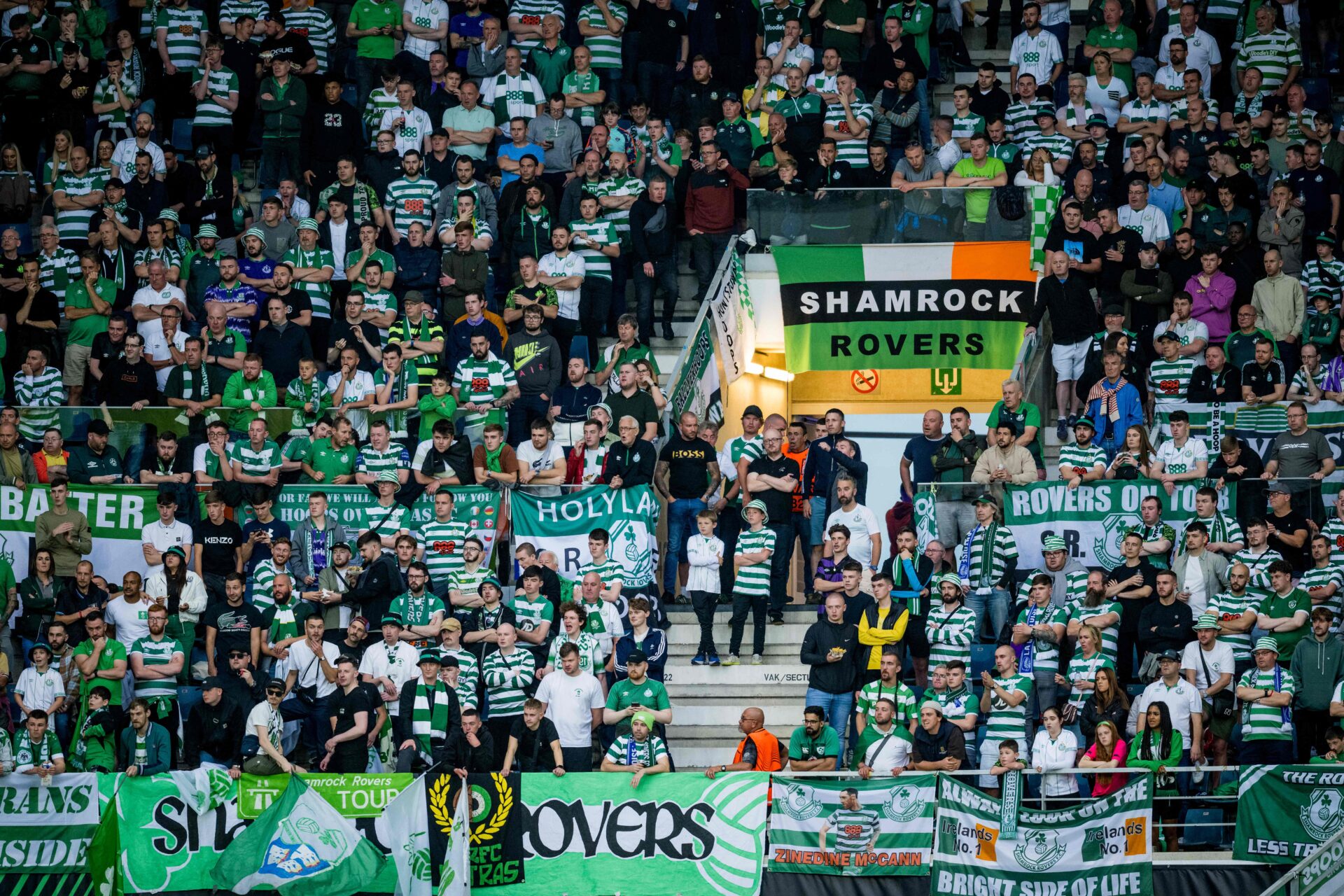
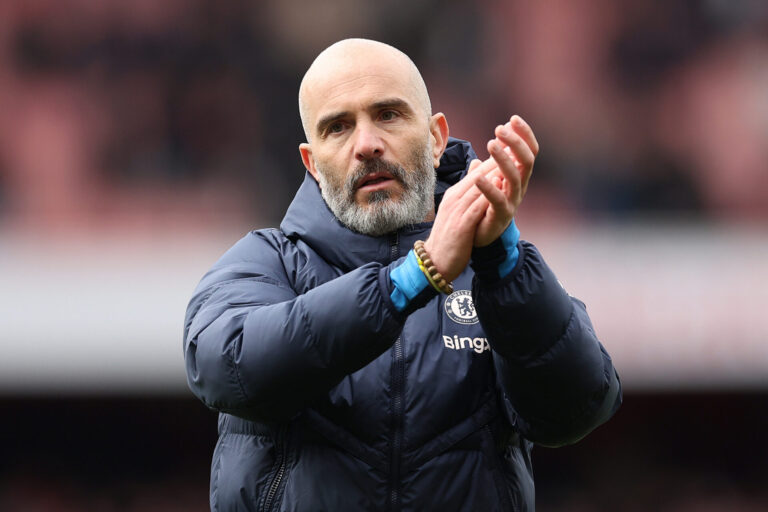
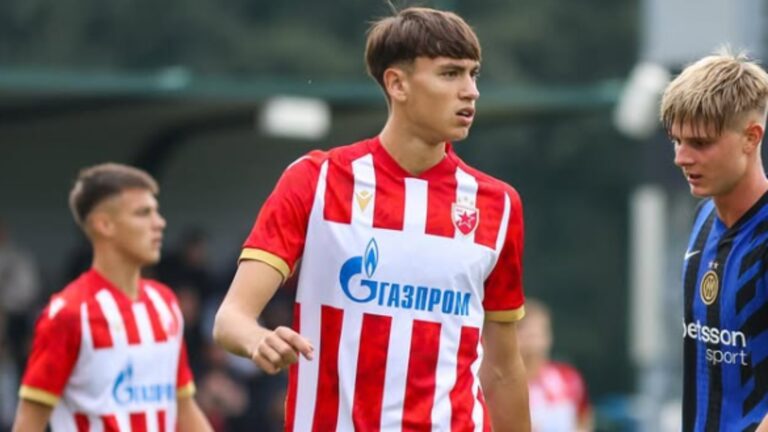
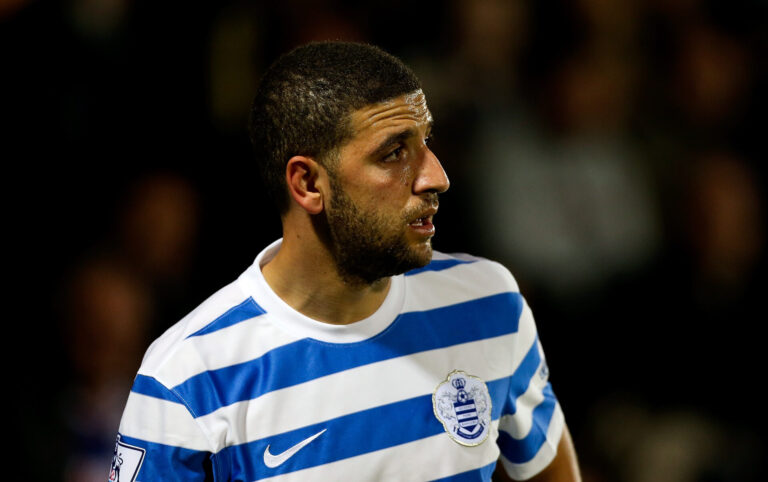
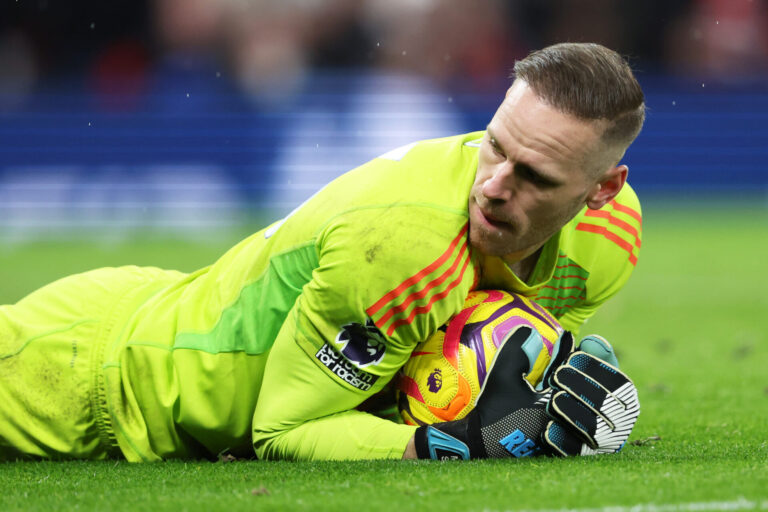
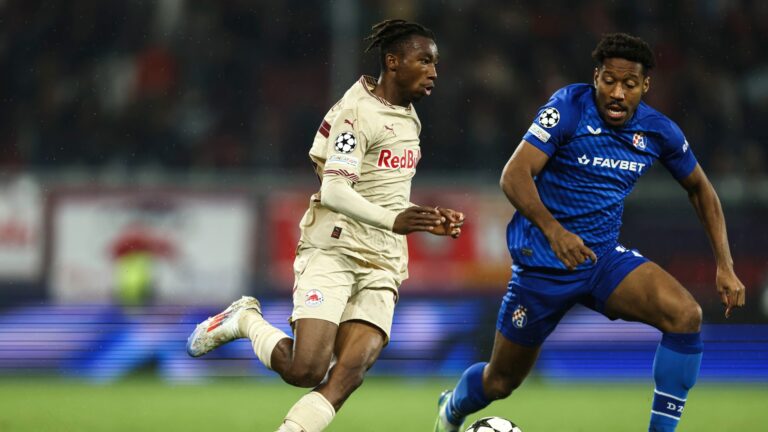
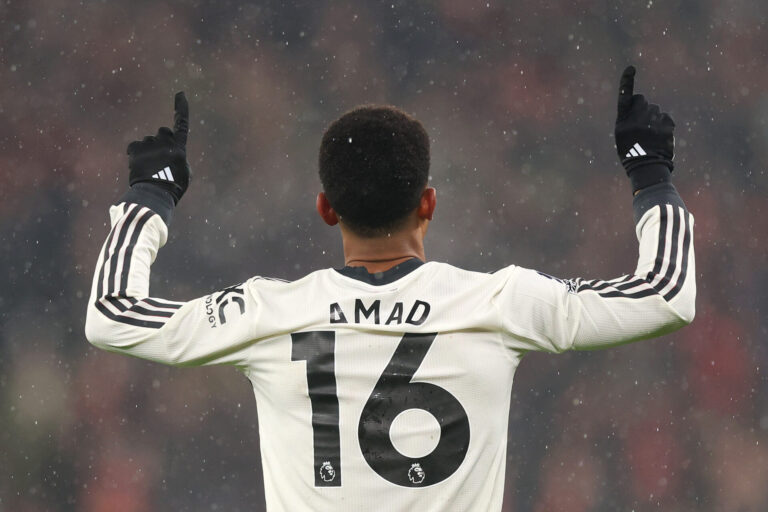
One Comment